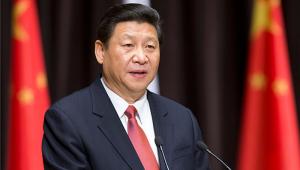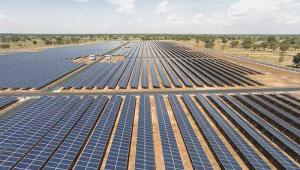With the world at a seemingly critical point in the fight against climate change, COP26 was seen as a vital chance for decision-makers to reach agreement on slowing global warming.
Experts in green finance have given a qualified welcome to the outcomes of the event.
In Glasgow, rich nations agreed to finally provide $100bn of climate finance per year to developing countries, starting in the next two years – a target first set in 2009 for 2020, when it was missed.
But even this figure represents “a drop in the ocean” compared with the trillions needed to shift to renewable energy, said Harald Heubaum, senior lecturer in global energy and climate policy at SOAS University of London.
“What the target really does is signal to investors that things are moving,” he said. “It also has a catalysing effect.” By investing wisely, added Heubaum, governments can mobilise private capital. “If you can leverage several times the original investment – or even more – it is important.”
The US, UK, France, Germany and the EU announced an $8.5bn deal with coal-dependent South Africa to help it decarbonise its electricity system during the next five years.
"The deal could form an “important prototype” for how to support a global ‘just transition’, said Danae Kyriakopolou, senior policy fellow at the Grantham Research Institute on Climate Change and the Environment.
It includes grants, concessional loans, investments and risk-sharing instruments, focusing on supporting workers in affected sectors, like coal mining, into ‘green’ jobs.
“The big issue with decarbonisation is going to be unemployment, especially among the youth and coal miners. Getting South Africa right is really important.”
COP26 also saw a shift towards climate finance for adaptation (measures to help communities live with the results of climate change) rather than mitigation (actions to slow global warming). “Although the commitments need to translate into policies,
there has been a realisation that, even in the best-case scenario, we need adaptation,” said Kyriakopolou.
“The best adaptation strategy is a successful mitigation strategy,” said Heubaum. “However, we have realised that mitigation has not been as effective as we had hoped.” He added that public finance for adaptation is set to reach $40bn if COP26 commitments are met.
“This is a lot of money, but it has a less catalysing effect than mitigation measures often do,” he said.
While energy projects might attract private investors via part-ownership or rate collection, adaptation measures such as flood defences do not.
“Adaptation is more of a public good that accrues over a longer period of time,” Heubaum explained.
At COP26, 20 governments committed to ending – by the end of 2022 – finance for overseas fossil fuel projects, although some of the world’s most coal-dependent countries – such as Australia, China and India – did not sign up.
“With strong implementation, this initiative could shift at least $24.1bn per year in direct public finance out of fossil fuels and into clean energy, which will move even larger flows of private finance,” said Laurie van der Burg, global public finance campaign co-manager at research and advocacy organisation Oil Change International.
“This is a massive and real impact.”








